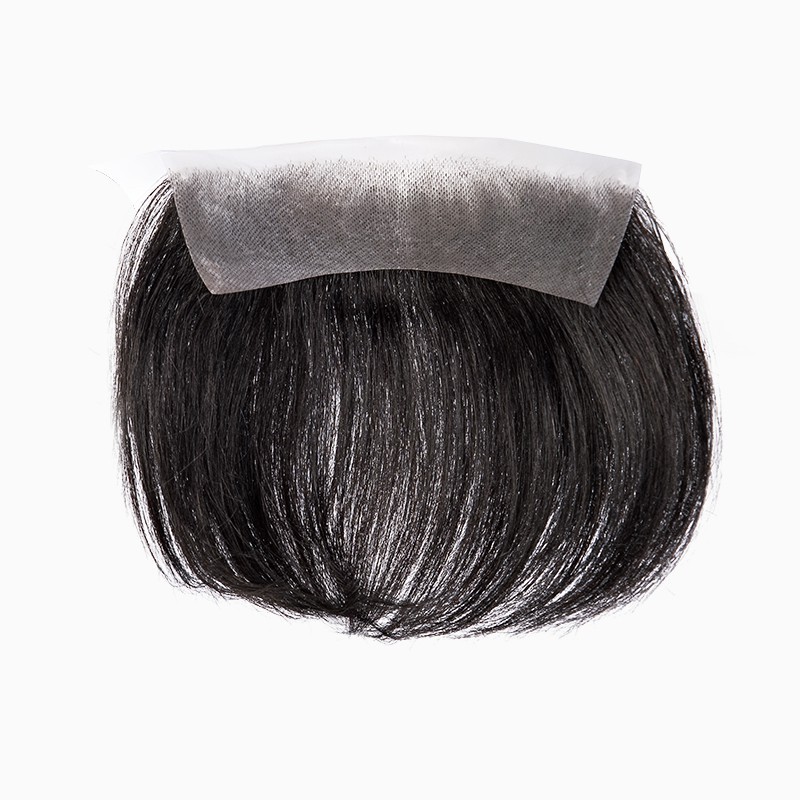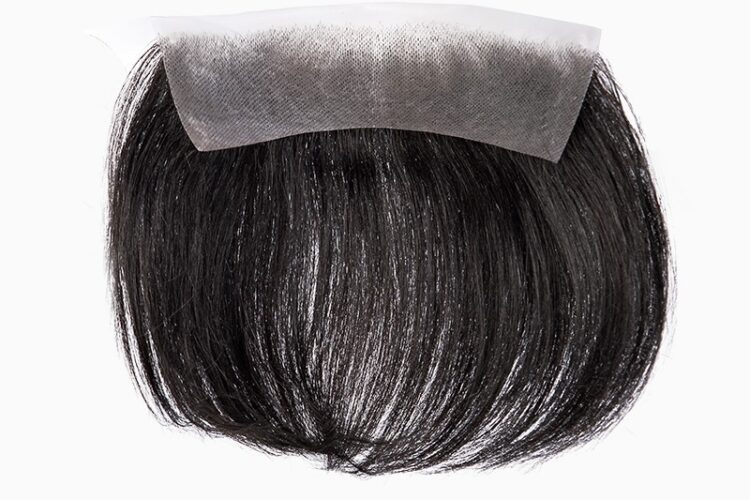There are many reasons why men lose their hair – alopecia, chemotherapy, injury, or most usually, male example sparseness. Indeed, even without the disturbance of sickness, the enthusiastic excursion of going bald can be a horrifying and awful cycle.

“I endured horribly,” says Bika Dhillon, who started losing his hair in his mid-20s. Male example sparseness influences around 6.5 million men in the UK yet its mental effect is seldom recognized in discussions encompassing men’s psychological well-being. “It made me very discouraged,” Dhillon admits – an encounter shared by Nav Moth, who lost his hair at 21 and subsequently “permitted self-uncertainty and hating to dominate”. For these men, going bald can compound existing psychological well-being battles, trigger dysmorphia and now and again, energize self-destructive contemplations. Quiet, a main foundation against self-destruction, perceives going bald as a typical issue among their customers – to such an extent that they have committed a part of their site to it.
Yet, what should be possible? All things considered, a decent hair relocate costs around £10k. Bombing that, there’s Propecia – a solution pill which could stop your moxie and effect fruitfulness. Or then again you can cover your scalp in items like Regaine, which contain minoxidil, yet even they have an extremely restricted impact on hair development. It makes up a 4-billion-dollar industry altogether and it says a certain something – nobody needs to go bare. In any case, the lone answer for such countless men is to ‘overcome the shave’.
Enter the ‘male hairpiece’, customized hairpieces stuck to the scalp with clinical grade cement. Less warmly alluded to as a cranial prosthesis, these hairpieces include genuine or manufactured hair (around 4,000 individual strands) strung into a very fine microfiber network. There is a remarkable expansion in the interest for this sort of hair systems. Once clung to the scalp, they can be taken care of business, trim and shaded as though it were a natural head of hair. It isn’t modest, however, with a bespoke unit and fit frequently costing upwards of £1k.
This developing business sector can be credited to an expansion of ‘Previously, then after the fact’ recordings on YouTube and Instagram, “where people can see astounding experts changing customers, direct.” A long ways from the dodgy last pages of men’s magazines where going bald arrangements were once found. However, there is a “major separation in the impression of hairpieces on men.” After all, hairpieces have for some time been a wellspring of scorn. It’s a pillar of droll satire, the affected hairpiece wearer who experiences the insult of having his hair yanked off his head or brushed off by a solid whirlwind. Indeed, even the Roman writer Martial (around 86-103 AD) purportedly wrote that “there isn’t anything more wretched than a bare man who claims to have hair.”
Notwithstanding significant headways in the nature of hair systems, a speedy pursuit via online media shows that similar perspectives win. An image coursed on Twitter by Atlanta-based going bald studio, Cimaje, provoked a large number of inwardly charged remarks from (generally female) clients: “I’ve seen it all at this point”, “this is revolting”, “other than asking men I meet in case they’re hitched, in a relationship, a criminal, gay… I gotta inquire as to whether they have a hairpiece too?!”.Although millions of women use hairpieces but still they carry this double standard for disgracing male counterpart. For some, the disgrace encompassing male going bald still runs profound and the ‘male hairpiece’ could address out of line – uncovering a vanity and weakness that, under the man controlled society, men have for quite some time been denied.
The wonder of the ‘male hairpiece’ goes far past any classy worth – being totally a lifeline for such innumerable men who fight with going bare. Hair systems become some assistance all through a portion of life’s most weakening periods and when disease imperils such a lot of self-character, the capacity to ‘keep’ our hair appears to be priceless”. By and by, male preparing keeps on being pushed into the standard and subsequently, an ever increasing number of men are going to hair systems.
‘Units’, ‘systems’, ‘prosthesis’ – this burdensome arrangement of descriptors appears to go against the very prudence that a hairpiece should ensure. The ‘male hairpiece’, nonetheless, is a keyhole into the example’s normalization, an escape the shadows as an element of the more broad rebrand of male greatness. Stuart Tailor, who claims The Hair Tailor (a ‘male hairpiece’ salon), feels an extraordinary feeling of pride to be important for this “brilliant period of hair substitution”. It’s a significant shift from the closeted mentalities of the past, which is expected to some degree to the hairpiece’s appearance into the standard – big names from LeBron James to The Vivienne have been seen donning hair systems. The shame for the hair systems is transforming, they are rapidly turning into a thing of things to come,”. What’s more, why not? It can’t be humiliating if the hair looks convincing.
There are styles of ‘male hairpiece’ which exist exclusively for stylish purposes. Fear units, for instance, are turning out to be progressively famous for customers who need to accomplish a full look in only a couple of hours. Along these lines, the adaptability and simplicity of use brings the male ‘hairpiece’ nearer to its female partner: sewn into plaited hair or connected to meshes with microbonds. It’s a “decision over look and style” which Tailor accepts will see hair systems come into full realization as “cool, picture improving adornments.” But when hairpieces have overwhelmed hairpiece in female excellence, would we say we are really at the beginning of the male hairpiece period? Indeed, when even facial hair units exist, the sky is the limit.
Critically however, the wonder of the ‘male hairpiece’ goes a long ways past any stylish worth – being downright a life saver for such countless men who battle with going bald. Customers of men hair systems or hairpieces, for instance, differ from “young people with alopecia to chemotherapy-related hairlessness”. In these cases, hair systems become some assistance all through a portion of life’s most crippling periods and when disease jeopardizes such a lot of self-personality, the capacity to ‘keep’ our hair appears to be important. The ‘male hairpiece’ is “not a fix but rather goes about as a handrail to help men through immensely troublesome advances in their day to day existence.”
